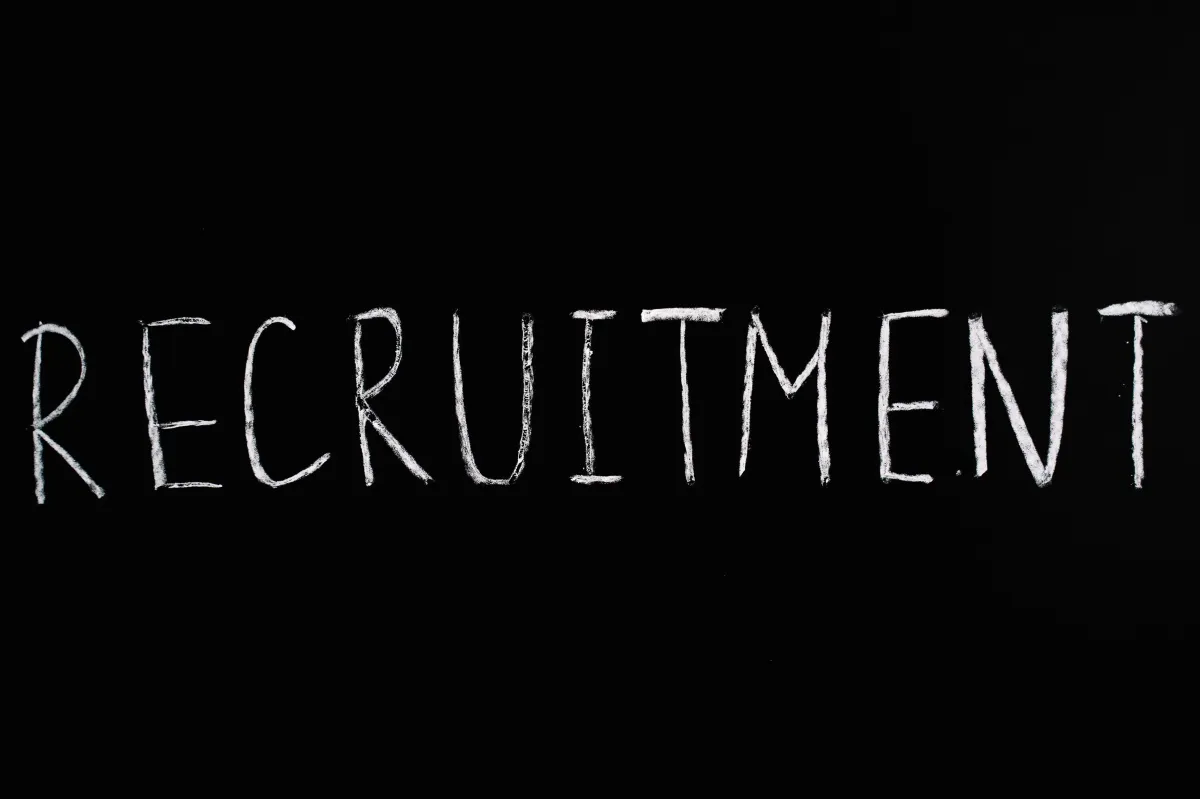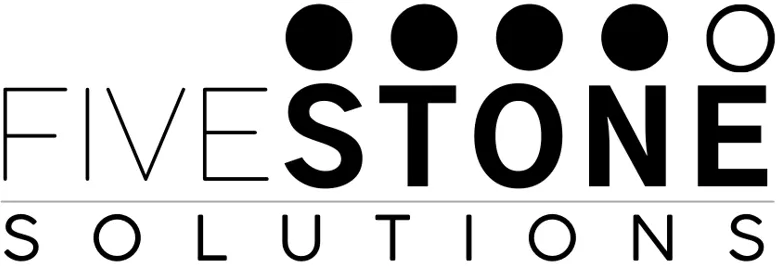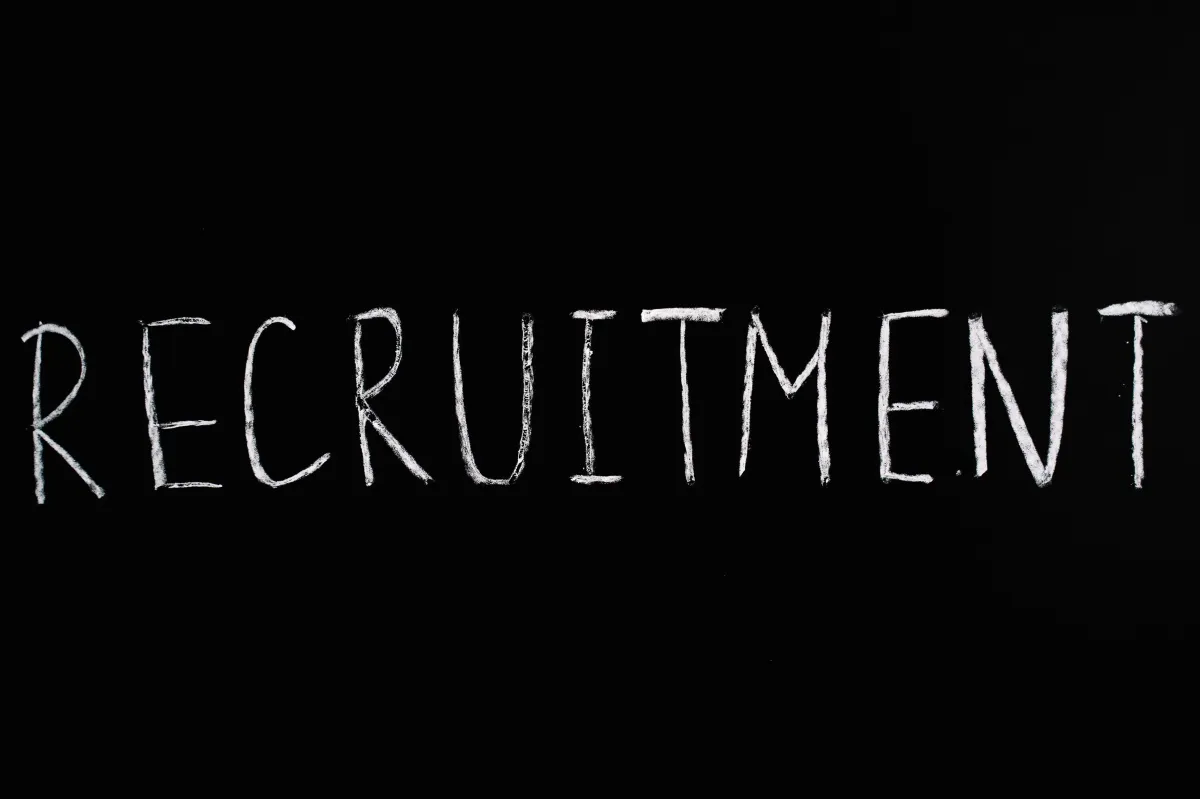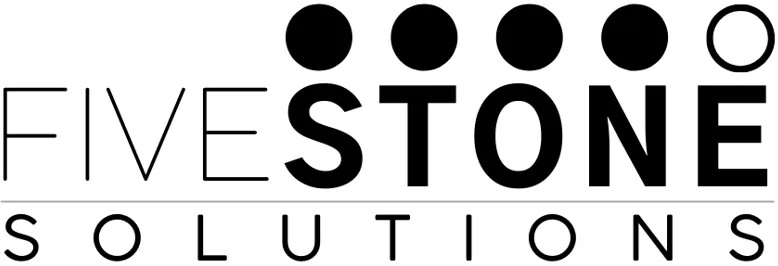Why you should change the way you hire
Why should companies change the way they hire? The core issue is that many companies rely on luck, and luck is not a strategy.
They are not sure when to make a hire, who to hire, or how to go about finding good candidates.
A proactive approach to hiring will prevent you from being caught off guard and aimlessly looking at a pool of candidates in desperation. No good, well-thought-out hiring decisions can come from this.
You need to plan better:
Create an Accountability Chart that clearly spells out roles, responsibilities, and KPIs.
Continue to cross-train your team – Winners like to learn new things.
Have a list of internal candidates for each role in the company in case you have to make a shuffle or shift (We’ve actually completed successful 3-way shifts within companies).
Always be looking for good people; they are out there – at the market, out to dinner, when you make an important purchase, when you have a problem with a company you work with in your personal life.
Keep a written list of external candidates for all key roles, just like you would when trying to woo a new client. Have a touch process and follow through.
Always be ready to uplevel your team.

When you are ready to make a hire, have the best possible tools ready to go:
A real Job Profile that clearly defines to the team and the candidates what is expected in this role. Not just a job description loaded with do’s and don’ts and tasks to be completed.
A quality Job Posting on the internet that gets the RIGHT candidates’ attention and draws them in, even when they aren’t 100% ready to make a move.
An Interview Process like nothing they have ever experienced.
An Onboarding Plan that makes sense to them and that sets clear expectations.
A Development Journey outline that will keep fuel in their tank for years to come.
These steps, when implemented with intention, create efficiency and reduce risk in the hiring process.
If you need any help with any of the tools mentioned, or if you want to chat about a situation you are facing right now, feel free to reach out. Let's connect.
Why you should change the way you hire
Why should companies change the way they hire? The core issue is that many companies rely on luck, and luck is not a strategy.
They are not sure when to make a hire, who to hire, or how to go about finding good candidates.
A proactive approach to hiring will prevent you from being caught off guard and aimlessly looking at a pool of candidates in desperation. No good, well-thought-out hiring decisions can come from this.
You need to plan better:
Create an Accountability Chart that clearly spells out roles, responsibilities, and KPIs.
Continue to cross-train your team – Winners like to learn new things
Have a list of internal candidates for each role in the company in case you have to make a shuffle or shift (We’ve actually completed successful 3 way shifts within companies).
Always be looking for good people; they are out there – at the market, out to dinner, when you make an important purchase, when you have a problem with a company you work within your personal life.
Keep a written list of external candidates for all key roles, just like you would when trying to woo a new client. Have a touch process and follow through.
Always be ready to uplevel your team.

When you are ready to make a hire, have the best possible tools ready to go:
A real Job Profile that clearly defines to the team and the candidates what is expected in this role. Not just a job description loaded with do’s and don’ts and tasks to be completed.
A quality Job Posting on the internet that gets the RIGHT candidates’ attention and draws them in, even when they aren’t 100% ready to make a move.
An Interview Process like nothing they have ever experienced.
An Onboarding Plan that makes sense to them and that sets clear expectations.
A Development Journey outline that will keep fuel in their tank for years to come
These steps, when implemented with intention, create efficiency and reduce risk in the hiring process.
If you need any help with any of the tools mentioned, or if you want to chat about a situation you are facing right now, feel free to reach out.
Copyright © 2024 Fivestone Solutions
Blog Posts


The Importance of Proactive Hiring: Building and Retaining a Strong Team
The Importance of Proactive Hiring: Building and Retaining a Strong Team
Before you get into the hiring process, you need to WHY you need to hire someone in the first place.
Are you adding a new role? Or backfilling a role that someone departed? Was it a surprise, or did you know it was coming?
The unfortunate reality is that more often than not companies don’t pay close enough attention to their employees and don’t realize that they might be sitting on several ticking time bombs.
They assume that if the work is getting done, then everything is great. This can be a big mistake.
Or, they assume that “HR” is handling the employees. Or that because they have a nice break room and offer benefits, that they have checked all the boxes, and everything will be fine.
Are you and your managers engaged on a 1:1 level with your employees? Do you know what’s going on in their lives? What excites them about their job? What annoys them about their job? Who they like to work with? Who they don’t?
You can’t leave it up to the HR staff or assume that a new ping pong table or vending machine will do the trick.
If any of that sounds familiar, then those time bombs WILL start to go off and send you into reactionary mode.
If someone gives you notice to leave, it should not be a big surprise. You should be able to see the signs before the resignation letter is on your desk.
Maybe they weren’t feeling challenged. Or they were feeling over-worked. Maybe they don’t like their boss, or they are under pressure from their spouse or family to quit.
Life happens and there are some things not under your control, but there are plenty of things that ARE under your control.
It’s easier, better, and cheaper to hang on to current customers instead of getting new ones; the same applies to employees.
It’s always wiser to invest in the current team members you want to keep rather than finding new ones.
The reality of the situation has hit you and you shift into problem solving mode–more money, more benefits, other changes to their job.
In our experience, 90% of the time it is too late for these tactics. The employee has made the emotional decision to leave and more than likely has another gig already lined up.
The moral of the story is to start the process of improving the way you hire by not having to hire.
Take better care of your people and your teams by being engaged in an empathetic and personal way.
And, when you do have to make a hire, have a plan and a process for the hiring process and the new employee.
If you relate to any of these challenges and need support to overcome them, we are experienced and ready to walk through them with you.








